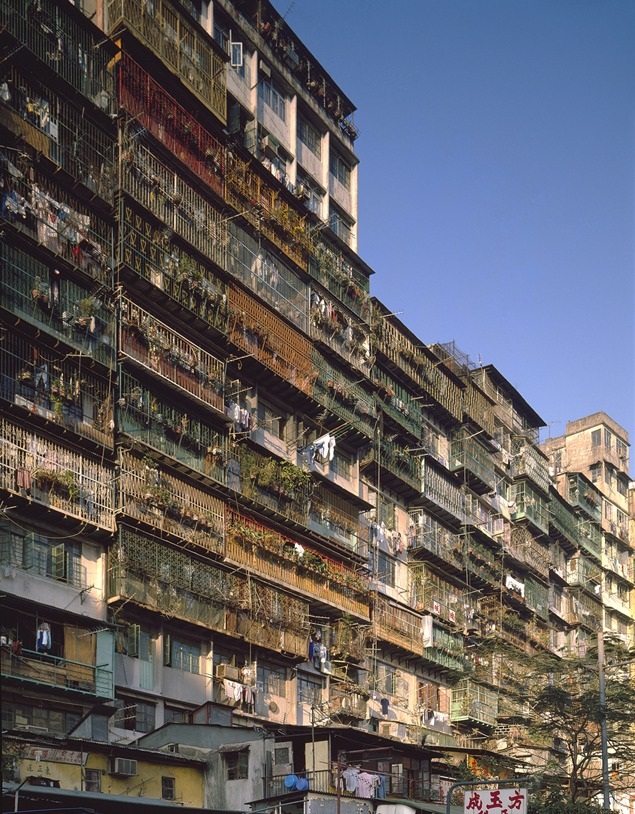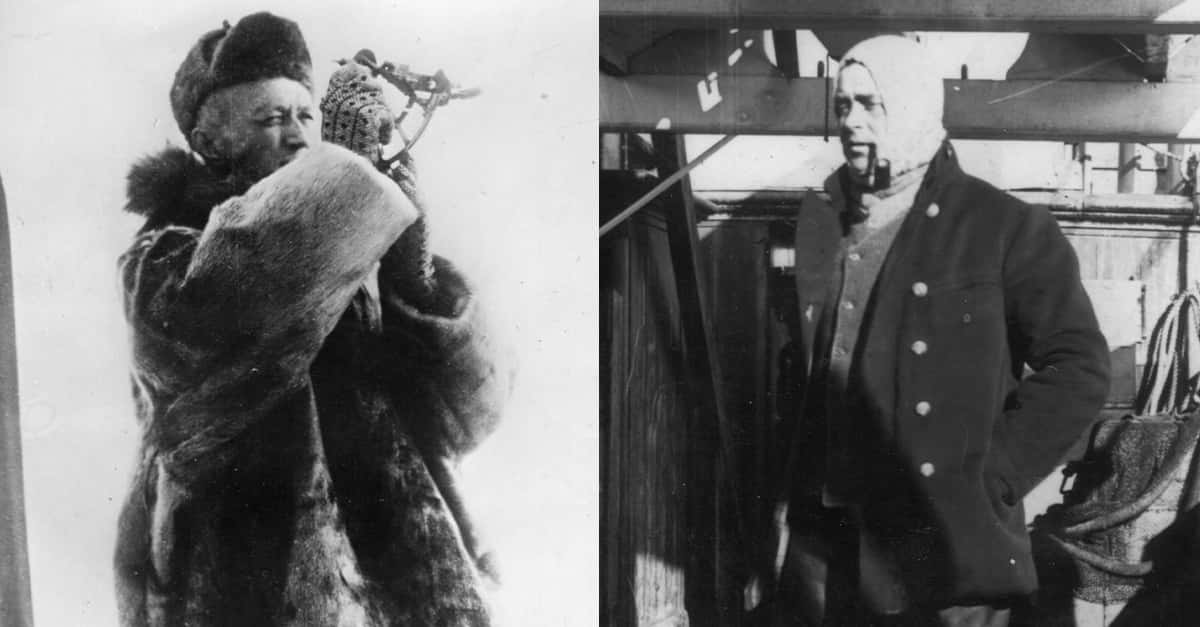A City Like Nowhere Else On Earth
There's never been anywhere quite like the Kowloon Walled City—and there probably never will be again.
From its origins as a military fort to its final days as a lawless enclave, the walled city has captivated the hearts of all those who dared to explore its overcrowded streets. Though the city was demolished in the early 1990s, it still stands as a testament to urban development and human resilience.
Let's take a deeper look at the strange history of the Kowloon Walled City.

Kowloon's Military Origins
The walled city was built during China's Song Dynasty, which lasted from 960-1279 CE. It started off as an army outpost, which was built to help organize the salt trade in the region. For hundreds of years, Kowloon was a small outpost, but that all changed in 1842.
This is year that the Chinese government gave up control of Hong Kong, giving the island to Britain. Before the territory officially changed hands, Chinese authorities has made formidable improvements to Kowloon, beginning the transformation of the small fort into the walled city that the site is now remembered for.
The Brits Move In
Though the city can trace its origins back a millennium as an army fort, things really started getting interesting when the British began occupying Hong Kong.
At first, they thought the walled city might pose a threat, so they attacked—and found nothing but 150 scared residents inside.
They claimed authority over the walled city, but mostly left it to its own devices.
Chinese Town
The walled city became a strange relic in industrializing Hong Kong. The Brits called it "Chinese Town," and it was little more than a curiosity for the colonizers.
Soon, however, the city stood in the way of "progress," and the British planned to tear it down. At the time, there were over 400 squatters living in the city. The authorities offered to compensate the squatters with shiny new houses, but before long, the squatters weren't the only ones standing in the way of plans to demolish the city.
Chinese nationalists claimed jurisdiction of Kowloon Walled City and protested the plans to tear it down. The project became tangled in red tape until WWII, when everyone suddenly had bigger problems.
Population Explosion
Before the conflict, Kowloon Walled City had been a quiet reminder of an older time, but with the onset of the Chinese Civil War, things changed—fast.
Hong Kong saw a massive influx of refugees, and many of them ended up behind the city's decaying walls. In 1947, the British attempted to drive 2,000 squatters out of the city, but failed.
After that, they washed their hands of the walled city and left it to rot—and to grow.
The Wild East
By 1960, the walled city was a lawless enclave run by vicious drug triads. Law enforcement rarely ventured inside, and only in tight groups—like an army unit entering dangerous territory.
But the walled city didn't decay under this lawlessness—in a way, it thrived. Massive construction ensued, with developers building strange, ramshackle buildings on top of the old ones.
Soon, almost every single building in the tiny city was 10 stories tall.
Urban Jungle
Kowloon Walled City looked like the setting of a dystopian movie. Tens of thousands of people crammed into the 300 or so buildings that covered the city's minuscule 7-acre footprint.
A lack of construction oversight meant that few of the buildings had proper lighting or drainage. The average apartment was just 250 square feet.
Sunlight rarely reached the ground, where a network of claustrophobic alleys crisscrossed the enclave—very few of which had proper streetlights.
A World Record
By the 80s, Kowloon Walled City was the most densely populated place on Earth—perhaps the most densely populated place ever, with roughly 1,255,000 inhabitants per square kilometer.
But while Kowloon Walled City might have seemed strange and terrifying to outsiders, a tight-knit community formed within.
Strange Streets
Though the triads ruled the streets, there were still thousands of residents who simply wanted to eke out a living, and this urban jungle brought them together.
A network of passageways formed throughout the upper floors, so that residents could cross from one side of the city to the other without ever venturing down to the poorly-lit streets.

Sign up to our newsletter.
History’s most fascinating stories and darkest secrets, delivered to your inbox daily. Making distraction rewarding since 2017.
Home
Families bonded together, and people frequently gathered on rooftops open to the sky. Residents would congregate in the old administrative building at the city's center—one of the few relics from the city's past—to have tea, take classes, and watch television together.
For them, the walled city wasn't some frightening oddity; it was where they slept, worked, and played.
The End
Kowloon Walled City couldn't avoid the creep of progress forever. In the early 90s, the government decided that it was time for this enclave to come to an end. They distributed around $350 million to the thousands of people who lived there—whether they wanted it or not—and had them forcibly evicted.
Authorities demolished the city between 1993 and 1994, and turned it into Kowloon Walled City Park, as it remains to this day.
Kowloon Walled City was not what anyone would call a perfect city. Or even a good city. But it was a community unlike anywhere else in the world—and for the people who found themselves living there, it was home.
Sources: 1





















